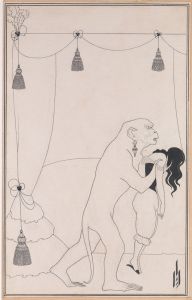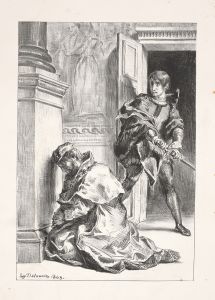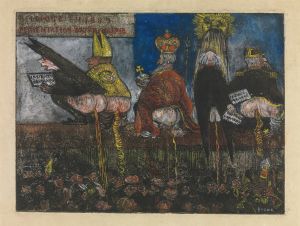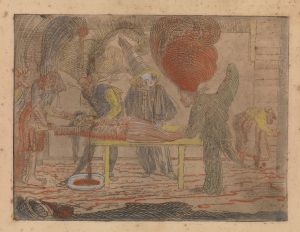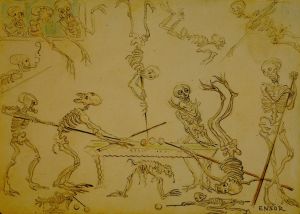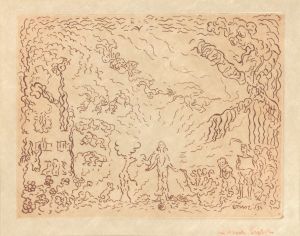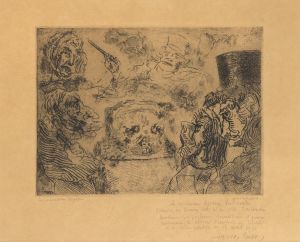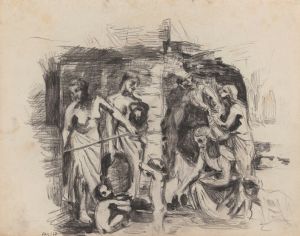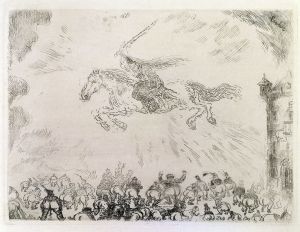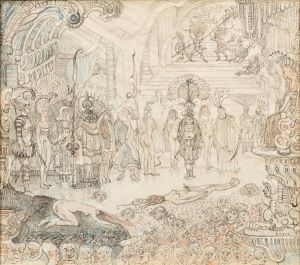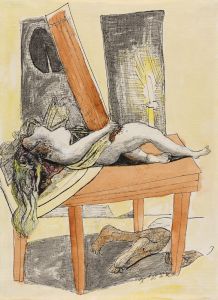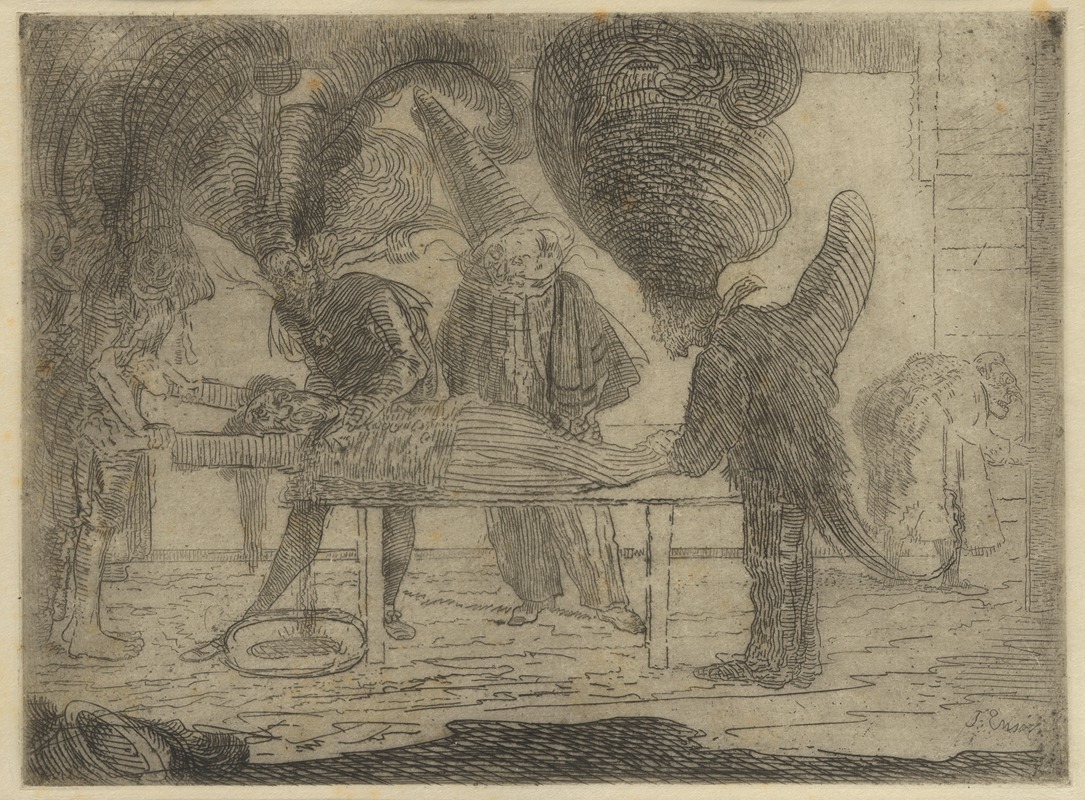
De Moord
A hand-painted replica of James Ensor’s masterpiece De Moord, meticulously crafted by professional artists to capture the true essence of the original. Each piece is created with museum-quality canvas and rare mineral pigments, carefully painted by experienced artists with delicate brushstrokes and rich, layered colors to perfectly recreate the texture of the original artwork. Unlike machine-printed reproductions, this hand-painted version brings the painting to life, infused with the artist’s emotions and skill in every stroke. Whether for personal collection or home decoration, it instantly elevates the artistic atmosphere of any space.
James Ensor, a Belgian painter and printmaker, created the artwork "De Moord" (The Murder) in 1890. Ensor is renowned for his unique and often macabre style, which frequently incorporated elements of satire and grotesque imagery. His works are characterized by their vivid colors, intricate details, and the use of masks and skeletons, reflecting his fascination with death and the absurdities of human existence.
"The Murder" is a striking example of Ensor's ability to blend the grotesque with the everyday. The painting depicts a violent scene, with a central figure lying on the ground, presumably the victim of a brutal attack. Surrounding the victim are several figures, whose expressions and actions convey a sense of chaos and horror. Ensor's use of color and light in this painting enhances the dramatic effect, drawing the viewer's attention to the gruesome details of the scene.
Ensor's work often reflected his critical view of society and its hypocrisies. "The Murder" can be seen as a commentary on the darker aspects of human nature and the violence that can lurk beneath the surface of civilized society. The painting's unsettling imagery challenges the viewer to confront these uncomfortable truths.
James Ensor was born in 1860 in Ostend, Belgium, and he spent most of his life in this coastal city. He was a prominent figure in the avant-garde art movement in Belgium and was associated with the group Les XX (The Twenty), which included other notable artists such as Théo van Rysselberghe and Fernand Khnopff. Ensor's work was influential in the development of Expressionism and Surrealism, and he is considered one of the most important Belgian artists of the late 19th and early 20th centuries.
Throughout his career, Ensor produced a diverse body of work, including paintings, drawings, and prints. His art often featured themes of death, masks, and skeletons, which he used to explore the human condition and critique societal norms. Ensor's distinctive style and imaginative compositions have earned him a lasting place in the history of art.
"The Murder" is housed in the Royal Museum of Fine Arts in Antwerp, Belgium, where it continues to be a subject of study and admiration. The painting is an excellent representation of Ensor's ability to convey complex themes through his unique artistic vision. It remains a powerful and thought-provoking piece that invites viewers to reflect on the darker aspects of human nature and the fragility of life.
Ensor's legacy endures through his extensive body of work, which continues to inspire and challenge audiences around the world. His innovative approach to art and his willingness to confront difficult subjects have cemented his place as a pioneering figure in the history of modern art.





